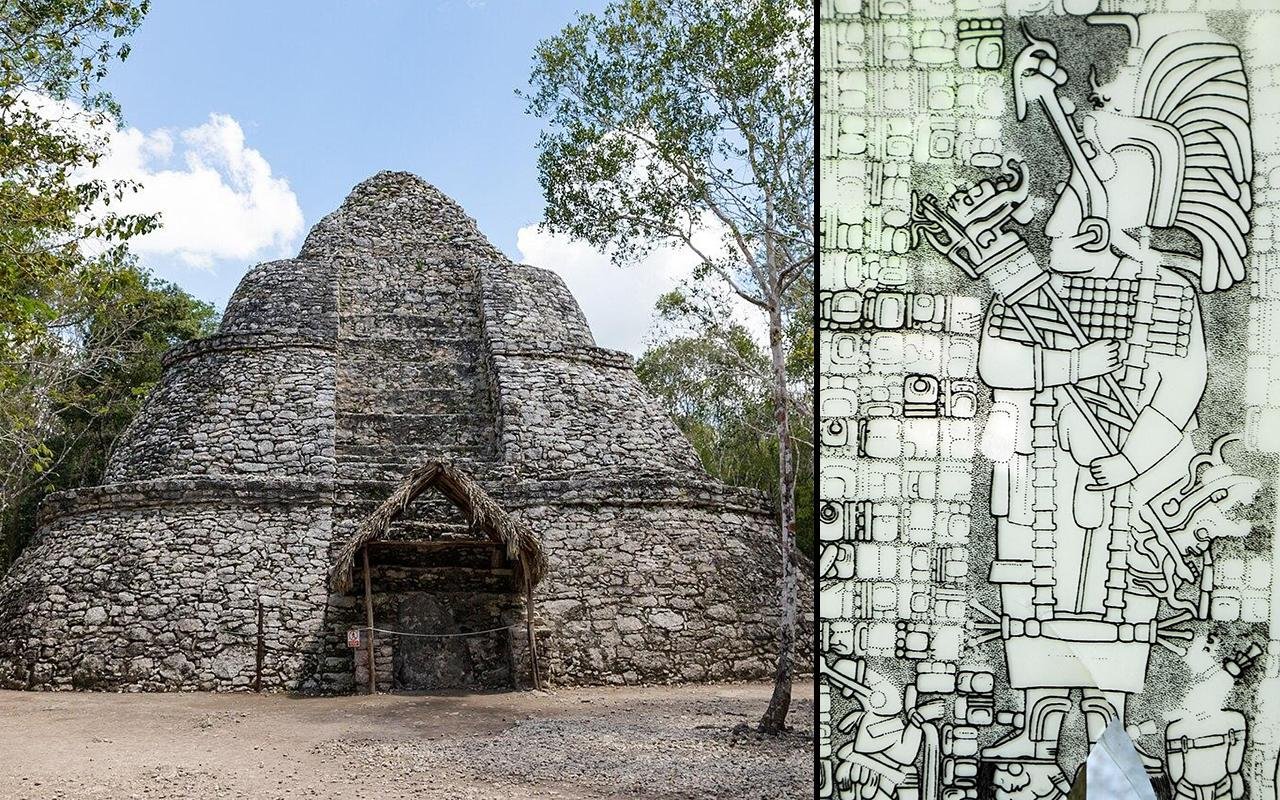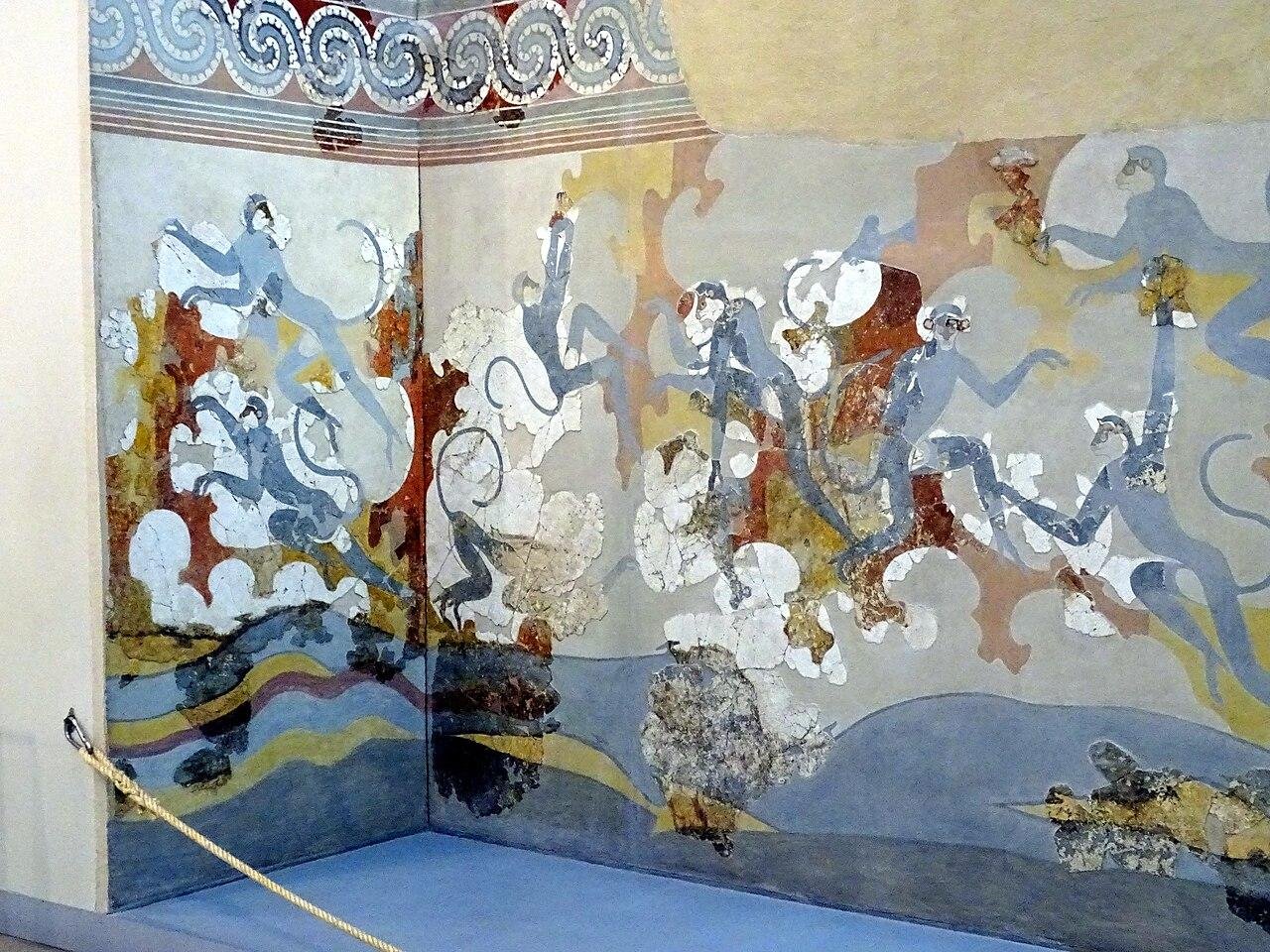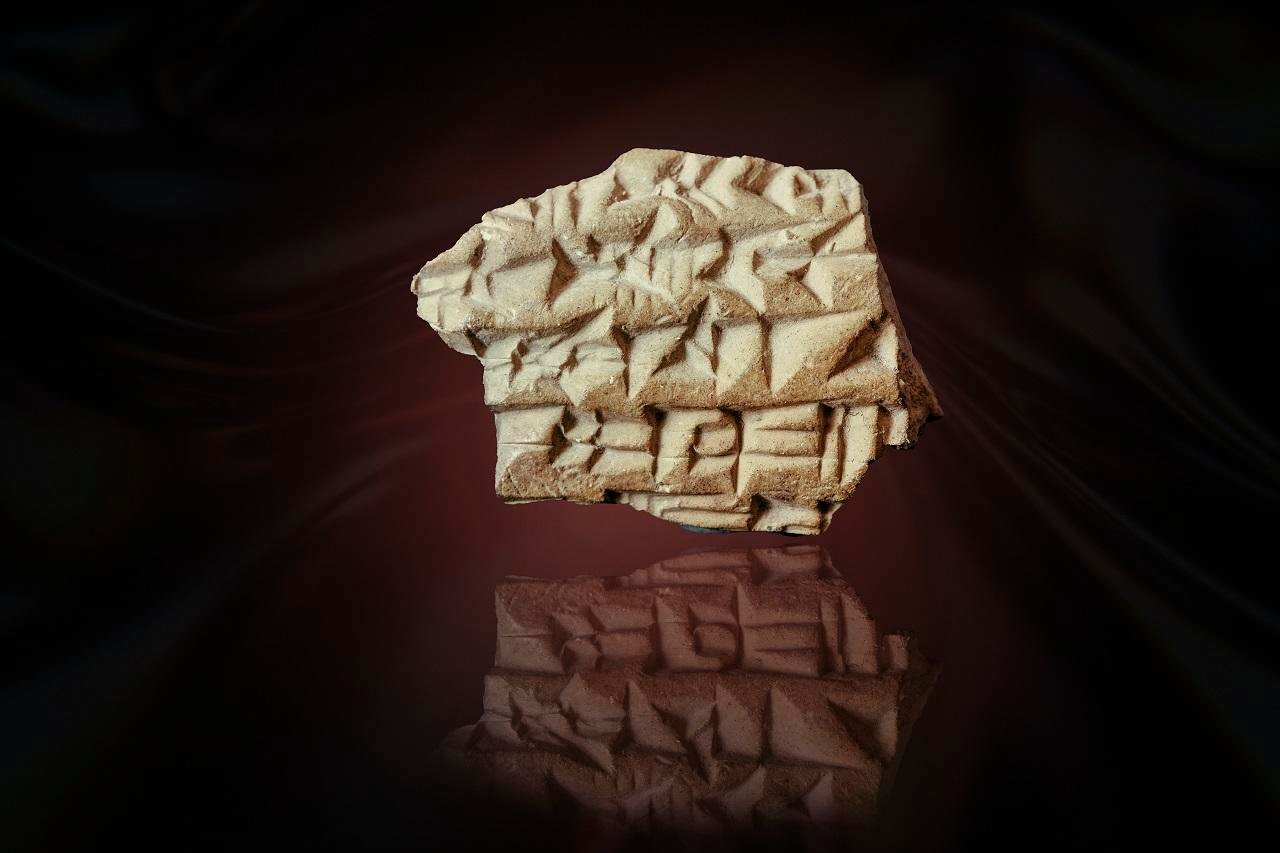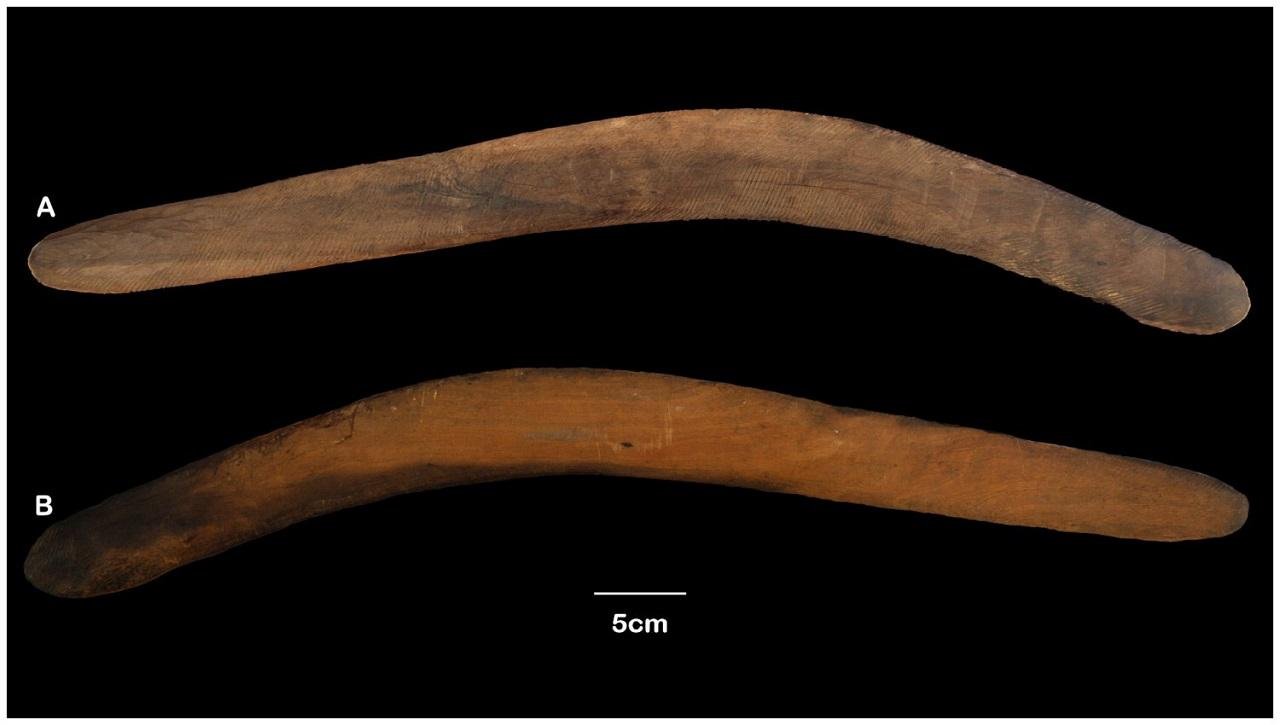A recent study uncovered the oldest direct biochemical evidence of betel nut chewing in Southeast Asia, dating back 4,000 years. Researchers used advanced chemical analysis on ancient dental plaque to detect traces of the psychoactive plant, gaining new insight into the cultural practices of early Thai societies.
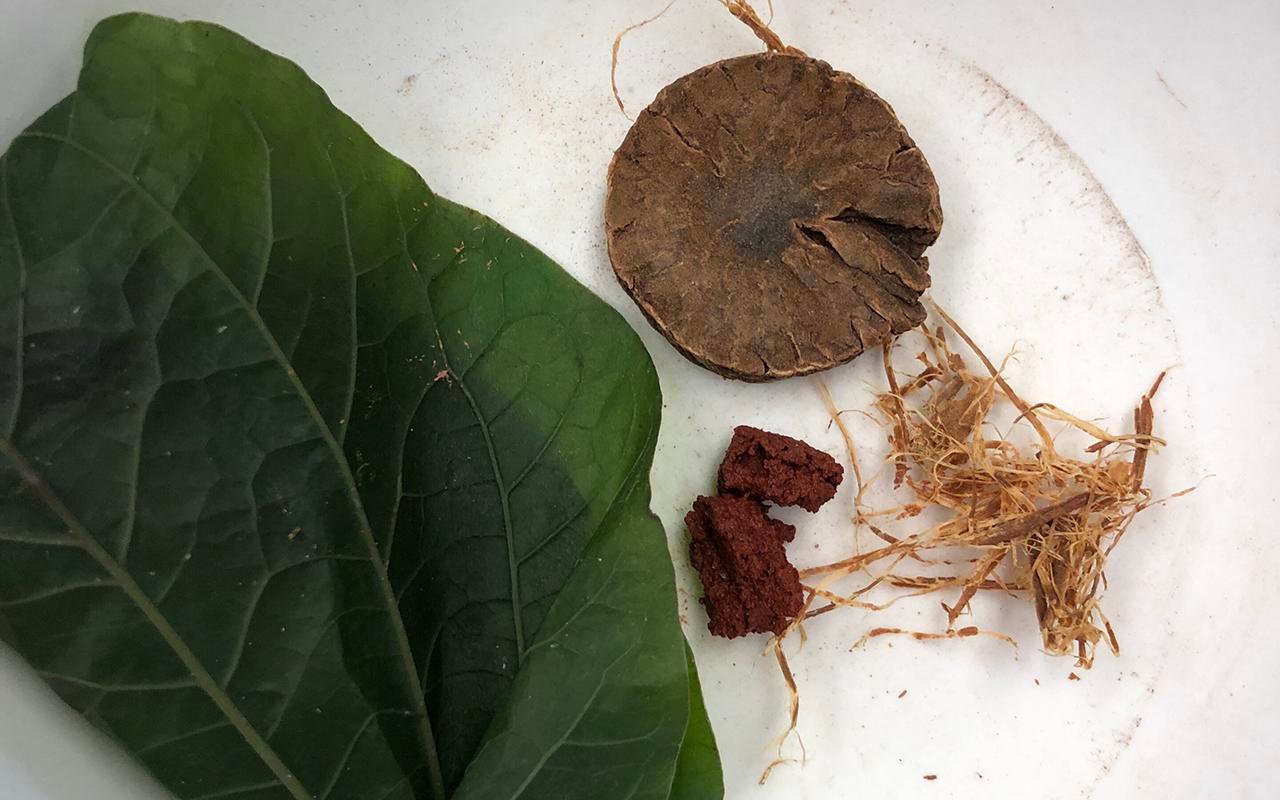 Modern betel quid ingredients: Piper betle leaf, areca nut (Areca catechu L.), limestone paste, tobacco (Nicotiana tabacum L.), and Senegalia catechu bark filaments. Credit: Piyawit Moonkham
Modern betel quid ingredients: Piper betle leaf, areca nut (Areca catechu L.), limestone paste, tobacco (Nicotiana tabacum L.), and Senegalia catechu bark filaments. Credit: Piyawit Moonkham
The discovery was made at the Bronze Age burial site of Nong Ratchawat in central Thailand, where 156 human burials have been excavated since 2003. Researchers analyzed 36 samples of dental calculus—mineralized plaque—from six individuals. Using liquid chromatography-mᴀss spectrometry (LC-MS), they detected compounds of betel nut in the molars of one individual, a young woman known as “Burial 11.”
The chemicals—arecoline and arecaidine—are major psychoactive compounds found in the areca nut, known as betel nut. While normal chewing stains teeth red or black, this individual had none of these visible markers, demonstrating that ancient practices can leave no identifiable trace. The study, published in Frontiers in Environmental Archaeology, is the first direct chemical evidence confirming the use of betel nut from this period.
Betel nut chewing has a long tradition in the Pacific and Asia, typically linked to social, medicinal, and ceremonial contexts. The consumer typically chews the nut together with betel leaf and slaked lime—sometimes with tobacco—producing what is referred to as a “quid.” The stimulant induces feelings of alertness, relaxation, and mild euphoria.
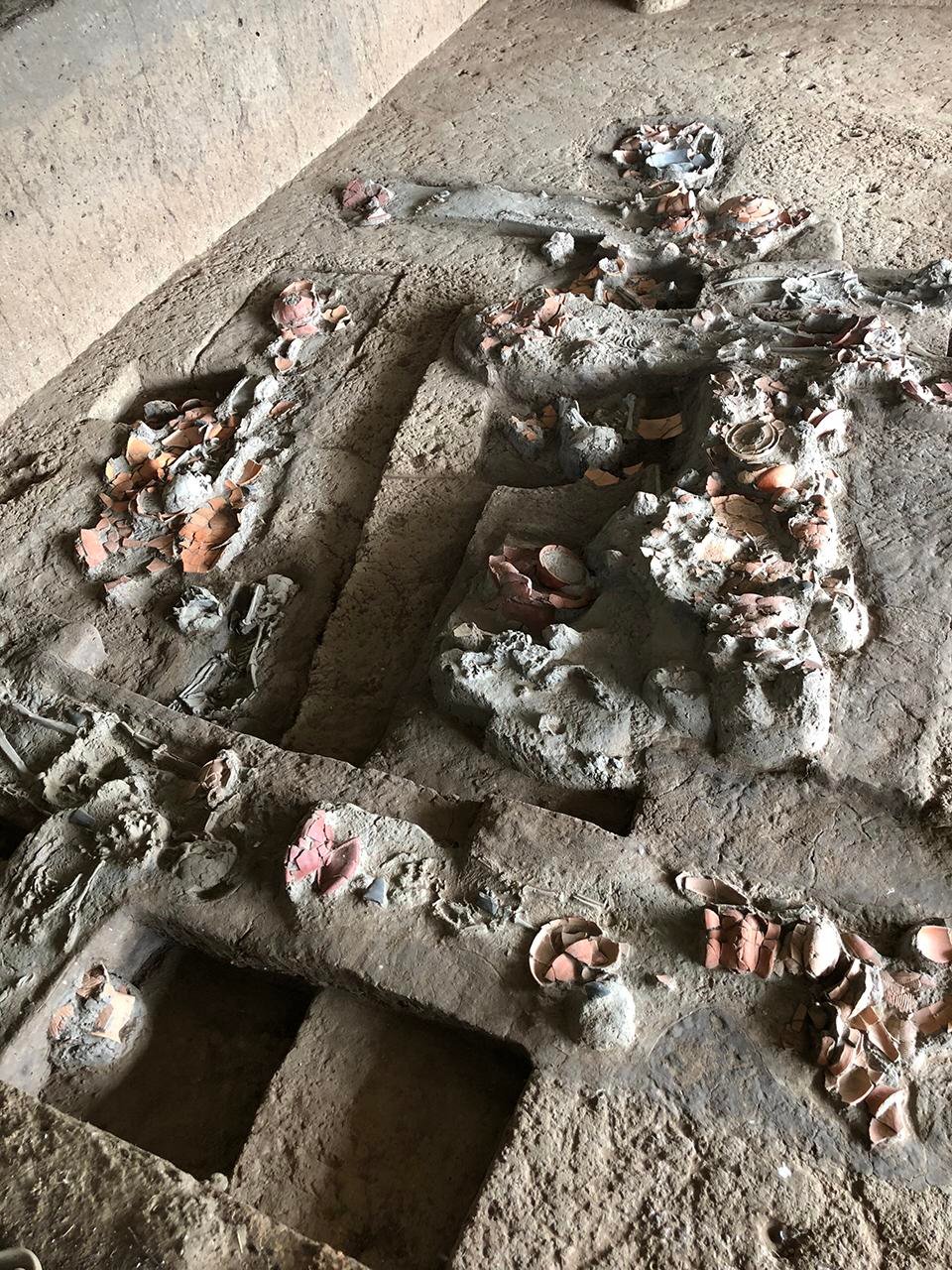 Archaeological burials with ᴀssociated artifacts at Nong Ratchawat. Credit: Piyawit Moonkham
Archaeological burials with ᴀssociated artifacts at Nong Ratchawat. Credit: Piyawit Moonkham
In order to validate their findings, the scientists first created experimental quids from traditional ingredients mixed with human saliva, mimicking real chewing. The control samples were used to validate the chemical signature of the betel nut in the ancient calculus.
Even though chewing evidence was discovered in only one burial, the researchers state that the absence in others doesn’t rule out broader use. Preservation conditions, frequency of consumption, and post-mortem changes can all affect detection. Grave goods, including stone beads, found with Burial 11 may indicate personal or cultural significance, but there is no suggestion she had special status.
 A woman with the characteristic red-stained teeth and gums from long-term use of paan, a preparation combining betel leaf with areca nut and tobacco. Credit: Basile Morin / CC BY-SA 4.0
A woman with the characteristic red-stained teeth and gums from long-term use of paan, a preparation combining betel leaf with areca nut and tobacco. Credit: Basile Morin / CC BY-SA 4.0
The technique used in the study is minimally invasive and makes skeletal materials accessible for future research. Specialists say that it has the potential to revolutionize archaeology through the revelation of behaviors that don’t leave visible traces, such as medicinal practices and plant consumption.
In Thailand, betel chewing declined sharply following mid-20th-century government campaigns against the habit due to health concerns, including links with oral cancer. However, in the majority of rural societies, the habit persists as a part of cultural tradition.
The team plans to investigate other burials at the site, potentially unearthing other clues about betel nut consumption in ancient times, and more secrets of early Southeast Asian lifeways.
More information: Moonkham, P., Tushingham, S., Zimmermann, M., Brownstein, K. J., Devanwaropakorn, C., Duangsakul, S., & Gang, D. R. (2025). Earliest direct evidence of bronze age betel nut use: biomolecular analysis of dental calculus from Nong Ratchawat, Thailand. Frontiers in Environmental Archaeology, 4(1622935). doi:10.3389/fearc.2025.1622935
